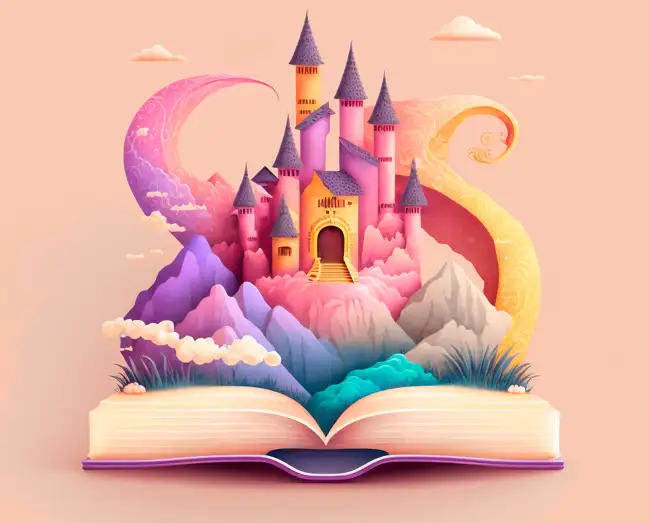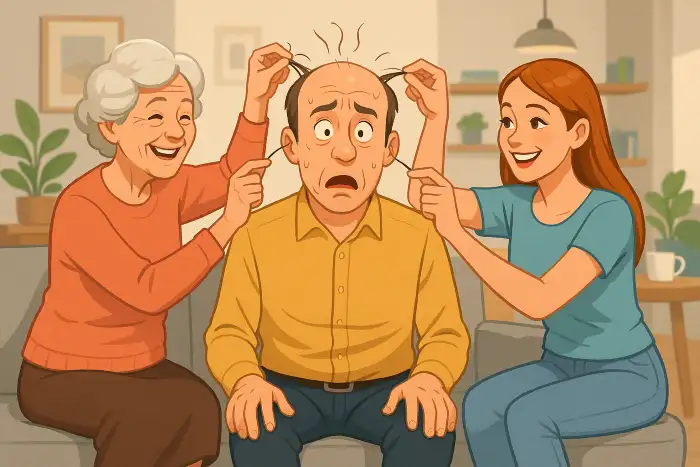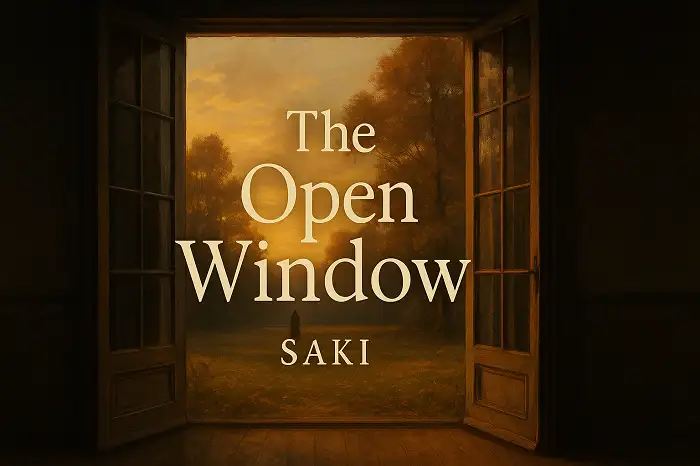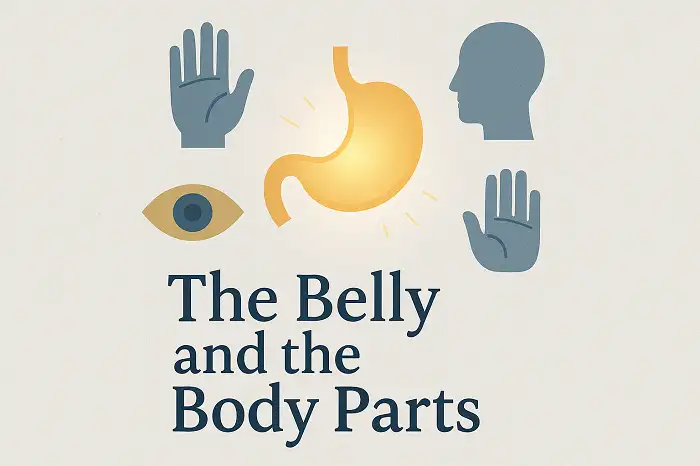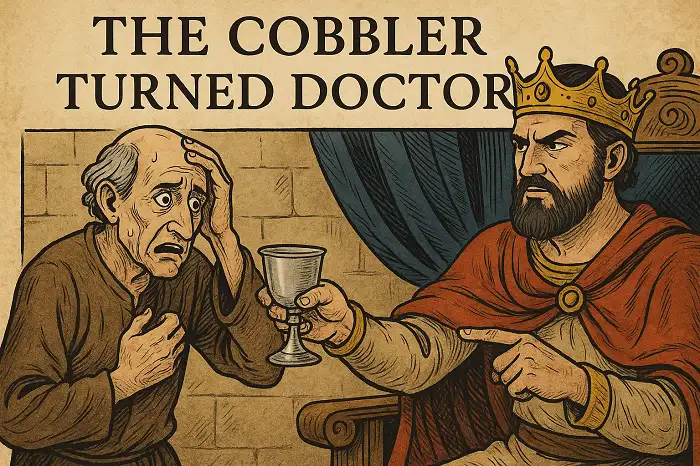Table of Contents
- Watch this video on how to learn English with Aesop’s fables
- Building Blocks of Vocabulary
- Grammar Gems
- Comprehension Confidence
- Pronunciation Power
- Cultural Connections
- Engaging Activities
- A Foundation for Success
- Top 10 Aesop’s Fables for ESL Learners
- 1: The Tortoise and the Hare
- 2: The Lion and the Mouse
- 3: The Boy Who Cried Wolf
- 4: The Ant and the Grasshopper
- 5: The Crow and the Pitcher
- 6: The Fox and the Grapes
- 7: The North Wind and the Sun
- 8: The Dog in the Manger
- 9: The Hare and the Hound
- 10: The Country Mouse and the City Mouse
- Recent Aesop’s fables with videos
- Other short stories and fables
If you are an ESL learner and like to learn English with best Aesop’s fables, then this article has been written for you. For ESL students, navigating the complexities of the English language can feel like venturing into a new world. Aesop’s Fables, those timeless tales passed down through generations, offer a surprisingly effective and engaging way to bridge this gap. These short, moral-laden short stories provide a wealth of benefits for ESL students at all levels.
Watch this video on how to learn English with Aesop’s fables
Building Blocks of Vocabulary

One of the most significant challenges for ESL learners is vocabulary acquisition. Aesop’s Fables excel in this area. Written in a clear and concise style, these stories use everyday language, allowing students to grasp the meaning of words through context. Fables often feature animals acting like humans, making situations relatable and vocabulary easier to remember. Imagine an ESL student encountering the phrase “slow and steady wins the race” in “The Tortoise and the Hare.” This simple sentence introduces them to valuable comparative adjectives (“slow” and “steady”) and the concept of perseverance. Repeated exposure to such language within the context of a story allows for natural vocabulary development.

On LELB Society, over 2,800 English vocabulary items have been used in real context with images. These visual words and phrases appear in the body of short stories and fables by Aesop. As a result, Aesop’s short stories can provide a perfect and meaningful context for the category of English vocabulary consisting of 2800+ visual words on LELB Society.
Grammar Gems

Beyond vocabulary, Aesop’s Fables offer a gentle introduction to English grammar. The fables typically use simple sentence structures, focusing on the subject-verb combination. This allows students to grasp the basic building blocks of English sentences. Additionally, these stories often employ past tense verbs, essential for communicating past events. For example, in “The Lion and the Mouse,” the student encounters sentences like “The tiny mouse scurried across the room” and “The lion roared in surprise.” This exposure helps solidify the concept of past tense verb usage.
Comprehension Confidence

ESL learners often face challenges with reading comprehension. The beauty of Aesop’s Fables lies in their brevity. Their concise nature allows students to focus on the core message without getting overwhelmed. Furthermore, the fables often follow a predictable structure: introduction, problem, resolution, and moral. This predictability provides a sense of security for students, enabling them to anticipate the flow of the story and focus on understanding the details.
Pronunciation Power

While written materials are valuable, language truly comes alive through spoken communication. Aesop’s Fables can be a springboard for pronunciation practice. The repetitive nature of these stories, with their simple sentence structures and short length, makes them ideal for reading aloud. ESL students can benefit from practicing these fables with a teacher or fellow student, receiving feedback on pronunciation and fluency.
Additionally, all Aesop’s fables on LELB Society are readily available in video versions, as well. To be more precise, our teachers and educators, including Dr. Mohammad Hossein Hariri Asl, have already narrated all these fables and embedded the video versions inside the bodies of the short stories. Listening to these recordings allows students to hear the correct pronunciation of words and sentences, refining their own spoken English.
Cultural Connections

Language learning extends beyond vocabulary and grammar. It’s also about understanding the culture behind the language. Aesop’s Fables, originating in ancient Greece, offer a window into universal human values that transcend cultures. Themes like honesty, hard work, and the importance of friendship resonate with people across the globe. Understanding these universal values helps ESL students connect with the language on a deeper level. Furthermore, discussing the morals of the fables in class can foster critical thinking skills and encourage students to reflect on their own cultural values.

The central themes and messages derived from Aesop’s fables are so life-changing and magnificent that LELB Society’s team of content developers have translated them into simple Persian for our Farsi students. This is mainly because LELB Society is in fact a bilingual academy of English and Persian. Accordingly, the growing category of Aesop’s fables on LELB Society is available in both English and Persian enriched with multimedia, expressive photos, videos, discussion questions, forums, comment forms, related lessons, and the like.
Engaging Activities

Learning a new language doesn’t have to be dry and tedious. Aesop’s Fables can be a springboard for engaging activities that make language learning fun. Students can be encouraged to rewrite fables from a different animal’s perspective, act out scenes from the stories, or create their own fables with original morals. These activities allow students to practice their English in a creative and interactive way, boosting their confidence and motivation.
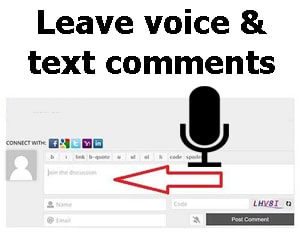
LELB Society’s students are encouraged to leave comments or questions at the bottom of Aesop’s fables on our website to practice and enjoy asynchronous learning. This is a great educational activity to learn from each other in an interactive and asynchronous mode. Needless to say that LELB Society’s team of teachers and educators alongside our students and visitors would respond to your comments and questions immediately and in great depth.
A Foundation for Success
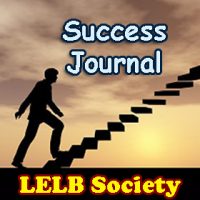
By providing a foundation in vocabulary, grammar, comprehension, pronunciation, and cultural understanding, Aesop’s Fables equip ESL students with the tools they need to progress in their English language learning journey. The combination of engaging stories, timeless morals, and a variety of learning activities make these fables a valuable resource for educators and students alike. So, the next time you’re looking for a way to make English learning more enjoyable and effective, turn to the wisdom of Aesop. You might be surprised by just how much your students can learn from these short, yet powerful, tales.
Top 10 Aesop’s Fables for ESL Learners

Here is a list of the top 10 Aesop’s Fables that are perfect for ESL learners, along with reasons why they are beneficial:
1: The Tortoise and the Hare

This classic fable teaches the importance of perseverance and hard work. The simple storyline and repetitive phrases (“Slow and steady wins the race”) make it ideal for ESL learners of all levels.
2: The Lion and the Mouse

This fable highlights the value of kindness and helping others. ESL students can learn new vocabulary related to size comparison (“tiny,” “large”) and actions (“scampered,” “roared”).
3: The Boy Who Cried Wolf
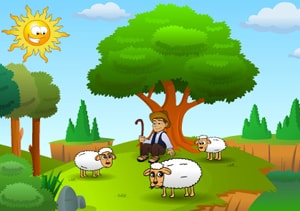
This fable emphasizes the importance of honesty and the consequences of lying. The repetitive phrase “Wolf! Wolf!” allows students to practice pronunciation and sentence intonation.
4: The Ant and the Grasshopper

This fable teaches the value of planning and hard work for the future. ESL students can learn vocabulary related to work ethic (“lazy,” “industrious”) and preparing for different seasons (“summer,” “winter”).
5: The Crow and the Pitcher

This fable highlights the importance of perseverance and problem-solving. Students can learn new vocabulary related to thirst (“thirsty”) and size (“large,” “small”).
6: The Fox and the Grapes

This fable teaches the concept of sour grapes, or pretending not to want something you cannot have. ESL students can learn vocabulary related to emotions (“sour”) and desire (“want,” “can’t have”).
7: The North Wind and the Sun

This fable emphasizes that kindness and persuasion are more effective than force. Students can learn vocabulary related to weather (“wind,” “sun“) and strength (“strong,” “weak”).
8: The Dog in the Manger

This fable teaches the importance of not preventing others from enjoying something you cannot have yourself. ESL students can learn vocabulary related to possession (“mine”) and allowing (“allow”).
9: The Hare and the Hound
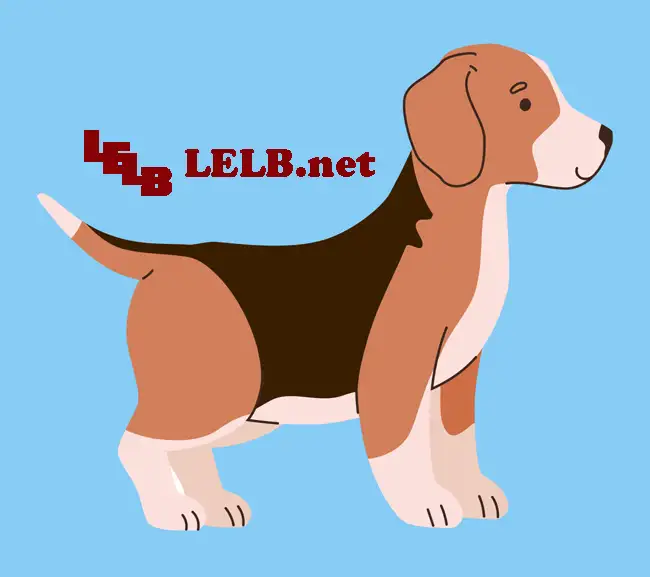
This fable highlights the concept of underestimating your opponent. Students can learn vocabulary related to speed (“fast,” “slow”) and danger (“danger,” “safe”).
10: The Country Mouse and the City Mouse

This fable explores the concept of contentment and appreciating what you have. Students can learn vocabulary related to location (“country,” “city”) and lifestyle (“simple,” “luxurious”).
These fables provide a rich resource for ESL educators, offering a springboard for engaging activities and discussions that will make learning English enjoyable and effective.
Recent Aesop’s fables with videos
- The Wolf and the Boy by Aesop with Video & Vocabulary Practice
- The Modern Tale of the Birds, the Beasts, and the Bat
- The Man and His Two Wives – A Modern Aesop Fable
- The Open Window by Saki (H. H. Munro) with Video & Vocabulary
- The Bald Man and the Fly by Aesop with a Video
- The Selfish Giant by Oscar Wilde with Vocabulary Practice
- The Belly and the Body Parts by Aesop with a Video
- The Donkey the Rooster and the Lion by Aesop for ESL Students
- The Cobbler Who Pretended to Be a Doctor by Aesop for ESL Students
Other short stories and fables
Apart from Aesop’s fables, LELB Society uses other fictional sources all in the public domain to provide English and Persian students with useful and great materials. These short stories, too, come with videos and comment forms to maximize asynchronous learning. The following categories of fictional and nonfictional short stories are additional valuable assets to consider on LELB Society:
